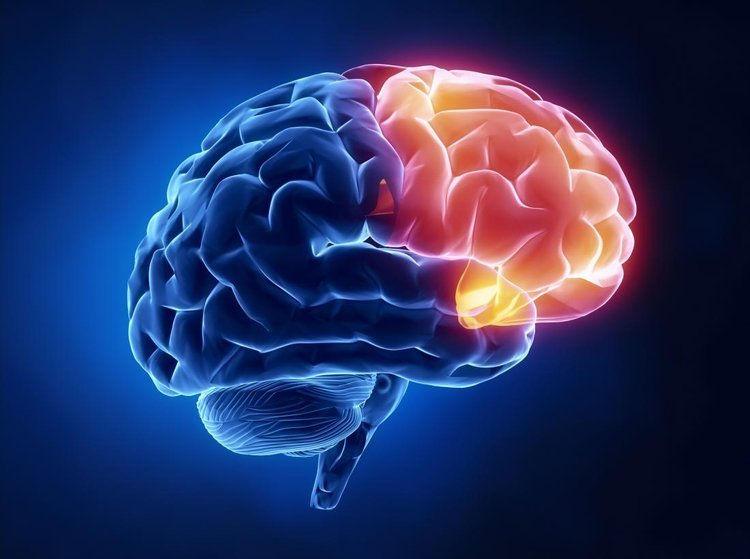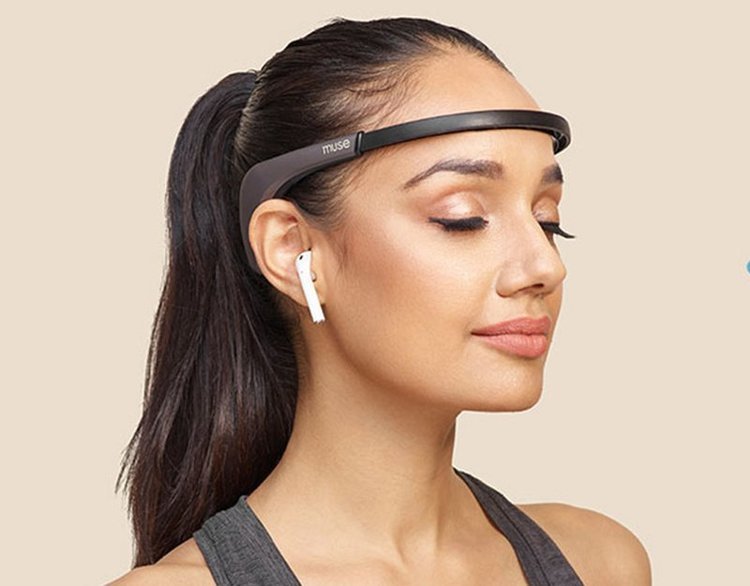Design for the Brain
When we design for a user, we are designing for the brain. It is the seat of our life experience. Inside, our senses, memories, and ideas exist inside as a beautiful combination of physical components and electrochemical reactions. I believe we can transform our ability to create and empathize by understanding the brain’s structure and characteristics. It is a way to better understand the human factors of users, a way to measure and impact their mindsets, and it will lead to the next world-changing interface.
Illustration of connected neurons ( source )
Neurons are the physical coding of experience. Stimulated neurons respond to signals from stimuli like sounds, smells, and thoughts. The signal jumps from these neurons to their neighbors, and these cells add to the signal or inhibit it from spreading. These signal networks represent everything from your reflexes to your memories and ideas. When networks intersect, the signals can spread from one concept to another. These connections allow us to create associations between different ideas. Like how a specific smell brings back memories. The connections that are frequently stimulated will flourish, but unstimulated connections will eventually wilt away. This is the cycle that empowers established design patterns, it is the reason we must take care with training new behaviors, and a gateway to influencing mindsets.
Illustration of the frontal cortex ( source )
To influence the mind, we interpret its signals, infer meaning from them, and act with empathy. To interpret, we need to measure the signals of our brains. You may be familiar with the imaging capabilities of an MRI. It allows us to see a detailed picture of where brain activity is occurring. If we want to measure the intensity of that activity, we would use an electroencephalogram, or EEG. It’s like a heart-rate monitor for the mind. Combining these, and other, methods has allowed researchers to infer meaning from the electrical activity in specific networks of the brain. One large network is the prefrontal cortex. When active, the prefrontal cortex is “...identifying objectives, guiding attention and planning, organizing behavior, monitoring consequences, and managing the tasks performed by other areas of the brain.” (Elastic, Leonard Mlodinow) Measuring the electrical activity of this region can quantify an individual’s distraction or focus. We can say with certainty whether we held the user’s attention, or when we lost it. That gives us an opportunity to ask more empathetic questions, seeking answers that dive deeply into their actions. Then we can revise our designs based on this critical feedback. Eventually, we can incorporate this information directly into the experience.
The Muse EEG headset ( source )
Brain-computer-interaction (BCI) is the future of human computer interaction. It is a direct relationship between our thoughts and the technology we use. It will allow educators to engage with students. It can help prevent burnout and reduce stress. It can transform assistance technology. It has already started. In 2009, Mattel launched the “Mindflex” by Neurosky Inc. This child friendly EEG allowed users to guide a ball through a track using their thoughts. In 2014, InteraXon Inc. introduced the Muse headband. This multi-sensor EEG paired with a meditation app, creating a quantitative feedback loop for mindfulness and relaxation. Today, companies like Emotiv Inc. and projects like OpenBCI and EEGedu are creating resources for people of all skill levels to start developing with BCI. Their creations are spreading out throughout the world. Artists are using EEG data to visualize feelings. Car manufacturers are designing safety measures based on concentration data. Teams of engineers and designers are competing to create transformative accessibility systems. The opportunities are limitless, and with them come the responsibility to create meaningful, empathy driven experiences.
We can do it. We can explore a cognitive frontier. We can learn the neurological roots of experience, we can use biofeedback to augment our understanding of behavior, and we can design interfaces for the technology of today — and tomorrow. I believe this understanding will transform the way we create. I believe it will allow us to empathize with each other more than ever before.


